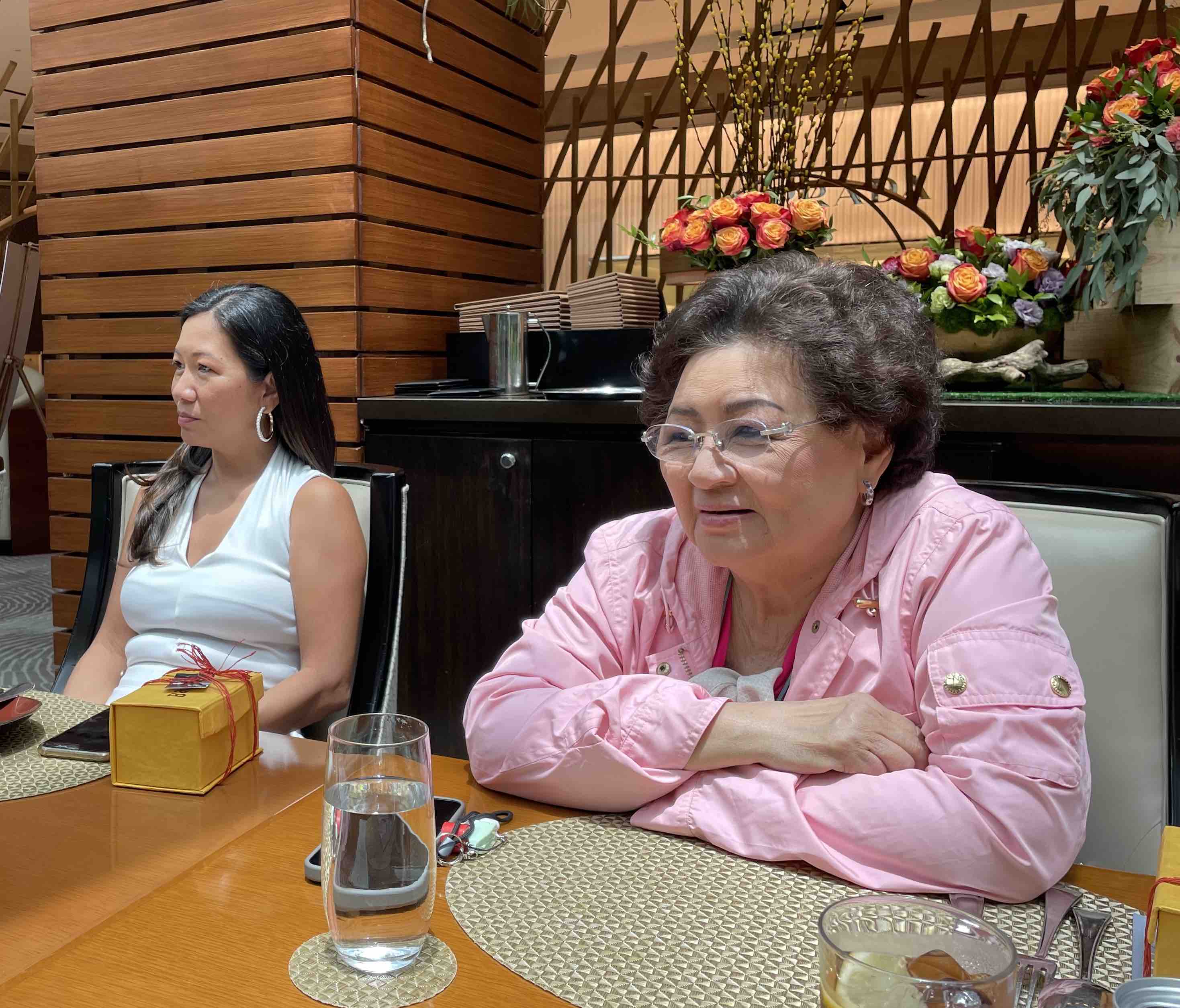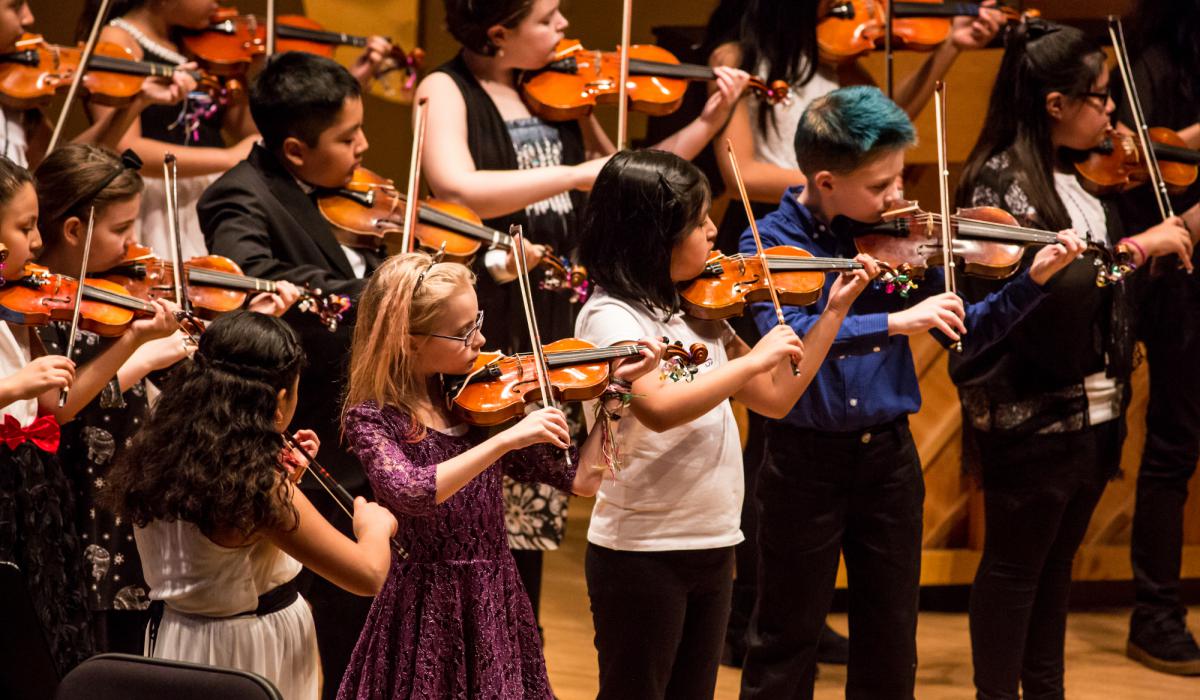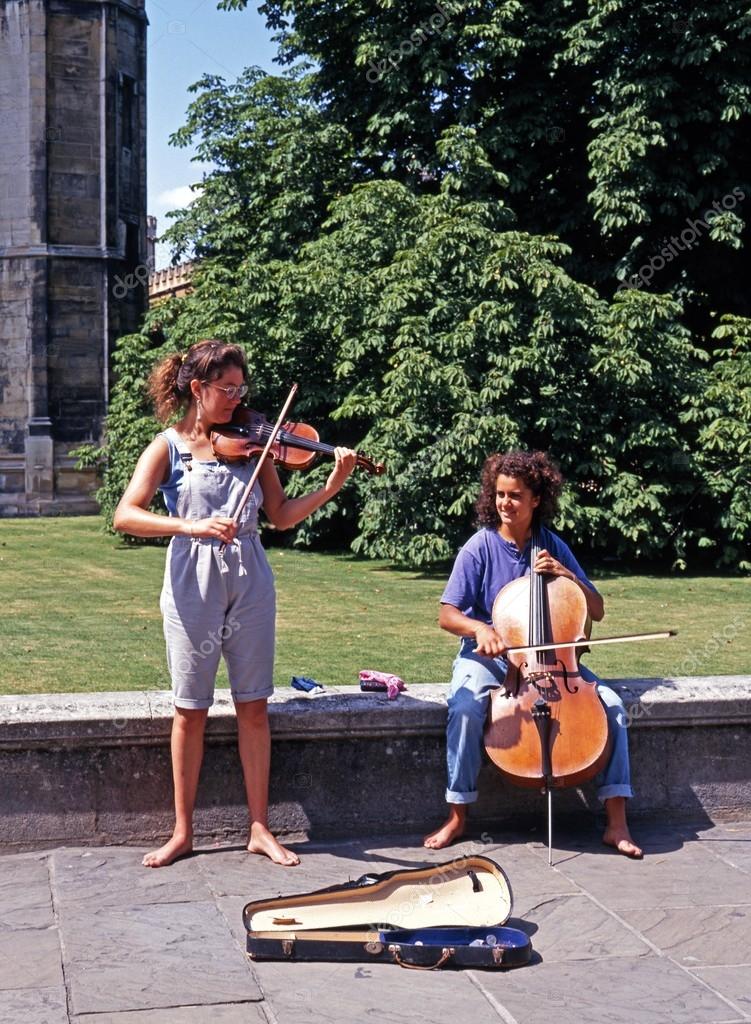Ballet Philippines 2023: A diverse box of delights.
BY PHILIP CU UNJIENG
 This 54th season of Ballet Philippines sees the troupe living up to its theme of the “Power of Dance,” by showcasing diversity. And to enrich the agenda, Ballet Philippines is proud to announce that it has a new home for the next three years: The Theatre at Solaire.
This 54th season of Ballet Philippines sees the troupe living up to its theme of the “Power of Dance,” by showcasing diversity. And to enrich the agenda, Ballet Philippines is proud to announce that it has a new home for the next three years: The Theatre at Solaire.This is a coup for Ballet Philippines, as many performing arts companies have been scrambling for regular venues since the Cultural Center of the Philippines (CCP) went into hiatus for its three-year renovation program. The Theatre at Solaire is one of the most sought-after, well-equipped, and designed live performance venues in town, so it is a great fit for Ballet Philippines.
At a media lunch held at the Oasis, Solaire, the Ballet Philippines Board of Trustees was represented by Kathleen Lior-Liechtenstein, Bernadette Aboitiz, and Rosalind Wee. Artistic Director Misha Martynyuk introduced a short snippet of "Coppelia," which will serve as a teaser for the company's 54th season.

Kathleen Liechtenstein speaking to Mark Wilson, with Bernadette Aboitiz to Mark’s right.
"Coppélia" will be performed on Aug. 4-6, with five performances spread over the three days. The ballet was first performed in 1870, and it is considered a classic of the genre. It was originally choreographed by Arthur Saint-Léon to the music of Léo Delibes, with a libretto by Charles Louis Nuitter. "Coppélia" is a comic ballet, and it is a wonderful light-hearted way to usher in Ballet Philippines' 54th season.
At its core, "Coppélia" is a story about a young boy named Franz who falls in love with a life-sized doll named Coppelia. Franz's girlfriend, Swanilda, is determined to dispel Franz's infatuation with the doll, and she soon discovers that Coppelia is actually a creation of Professor Coppelius, a mysterious inventor.

Ballet Philippines gave a sneak preview of "Coppelia" to media guests at the press conference in Solaire.
The premise of creating life from inanimate objects was a popular one in the 19th century, and "Coppélia" is one of many works that explore this theme. Other famous works that deal with this subject include "The Adventures of Pinocchio" and "Frankenstein, the Modern Prometheus."
This concept of creating life from inanimate objects is still a popular one today, as evidenced by the continued fascination with robots and AI bots. This is why the theme and storyline of "Coppélia" will have a broad appeal. If Misha ratchets up the comic elements, as he promised during the press event, then a good time is guaranteed for all, young and old alike.

The ever entertaining Rosalind Wee, with Metro Channel’s Lala Ventura.
The second performance of Season 54 will be "Christmas Fairytales," slated for Dec. 15-17. The set design and costumes promise to be part of the wonderment attached to this performance. The ballet is set at a regular home, and when the young girl asks her minder to read her a fairy tale, she is whisked away to a world where the toys and storybook figures come alive. And of course, waking up the next morning with her family is the best reality.
On March 8-10, 2024, Ballet Philippines will present "Limang Daan," a Filipiniana ballet that looks back through dance at 500 years of cross-cultural encounters and references, dominated by Spanish influences. "Limang Daan" is both art and history, reflecting on our yesterday, informing us of today, and preparing us for our tomorrow. It promises to be quite the spectacle.
The 54th Season of Ballet Philippines is a diverse lineup of performances, with something for everyone. From the classic "Coppélia" to the whimsical "Christmas Fairytales" to the thought-provoking "Limang Daan," there is sure to be something to enjoy.
The sun continues to shine brightly on Ballet Philippines, and its new home at Solaire is a fitting place for this talented company to continue to grow and thrive.





